The difference between the contactor and the starter
What do devices have in common?
The contactor, however, like the magnetic starter, “engages” in switching circuits, mainly power ones. Thus, the use of both devices is advisable when starting AC motors or when inputting / outputting resistance stages in case of rheostat starting.
The design of the devices can be represented by one or more pairs of contacts for the control circuit - normally closed or open. By the way, visually they can not even be distinguished in some cases, as you can see by looking at the photo:
Although powerful contactors can vary significantly, like this one:
Differences of fixtures
It is common for a large number of trading enterprises to call a magnetic starter a "small-sized contactor." After all, if we compare with it a contactor that is similar in current load, the difference between their dimensions will be visible to the naked eye. In addition, the weight of a three-pole 100-amp contactor is quite high compared to a 100-amp starter.
It should be borne in mind that acquiring a low-current contactor (for example, 10-ampere) will not succeed - they simply do not produce. Only a magnetic starter can become a link in weak chains.
Differences of devices can be found in their structural features. The contactor has a pair of power contacts and rather bulky arcing gratings. Thus, the device does not have its own body, which requires its installation in such places where it will be inaccessible to unauthorized persons and limited from moisture.
The magnetic starter is characterized in that it is covered with a plastic “shell” on the outside, providing protection to the power wire contacts. At the same time, the device does not have arcing chambers, which is also a difference. Therefore, it is not used for installation in powerful circuits with a large number of commutation due to insufficient protection against arc discharges.
At the same time, the starter differs from its "competitor" and better protection of electrical equipment, especially in the presence of an additional casing (in particular metal). This makes it possible to install the device almost everywhere, which, in turn, the contactor cannot boast of.
The difference between electrical devices is also due to their purpose.Despite the fact that the magnetic starter is well suited to heaters, solenoid coils, various power luminaires and other electrical receivers, in fact, it is designed for asynchronous 3-phase AC motors.
In this regard, the design of each is represented by 3 paired power wires. His control contacts have to "engage" in maintaining the on state of the device or, for example, making up complex control circuits with reverse start-up.
The contactor is different in that it commutes absolutely all AC circuits. Hence the differences between the devices on the power wires - contactors are "distinguished" by the presence of 2 to 4 poles.
Total
In fact, we can say that the differences between the devices are quite arbitrary. In practice, the difference between them is determined by the purpose of the device and pricing policy. In any case, the consumer will be able to choose the product in accordance with their needs and requirements, and the difference in name is determined by the manufacturers. We hope we helped you answer the question of how the contactor differs from the magnetic starter!
Finally, we recommend watching a useful video on the topic:
Similar materials:

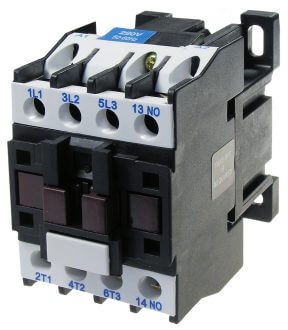
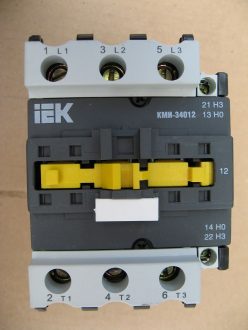
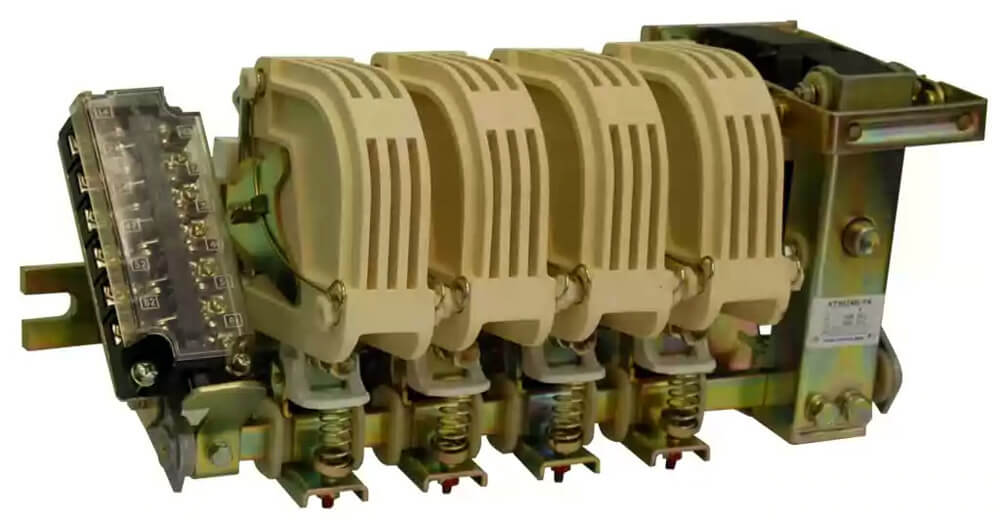


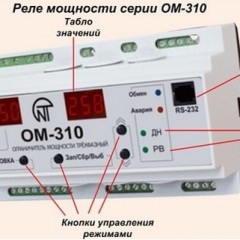
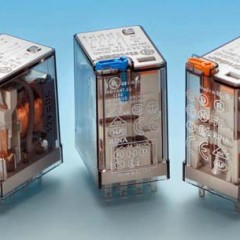
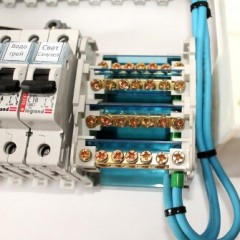

I believe that a contactor is an electrical apparatus for switching electrical circuits, no matter what the current in them is, at least 4 at least 630 amperes. A starter is a contactor or contactors assembled in a circuit with control, protection, interlock circuits, etc. It seems to me that such a definition eliminates all discrepancies.
Teacher of electrical disciplines Boyarskov Sergey Gennadevich
I fully agree with the author of the article.
Leading engineer of the Department of the Chief Power Engineer of the Russian Academy of Sciences Borisov MV
A contactor is a contactor.